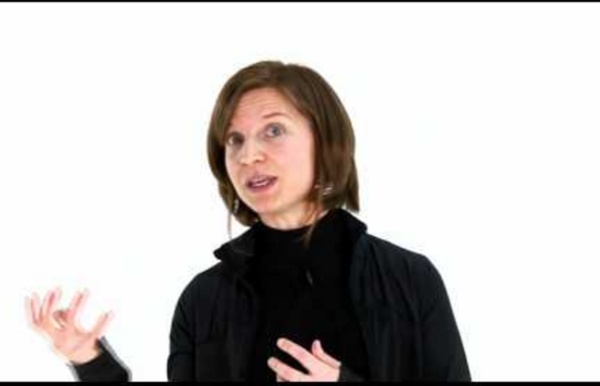



http://www.youtube.com/watch?v=Cs-xsvvtEZA
Related: MOOC - UCL • Apprendre à apprendre • Médiation pédagogique et numérique • EducationActivité 7.2 - peeragpgy It is tempting to bring a list of technologies out as a glorious cookbook. We need a 1/2 cup of group writing tools, 2 tsp. of social network elements, a thick slice of social bookmarking, and some sugar, then put it in the oven for 1 hour for 350 degrees. We have created a broad features/functions list for Handbook readers to reflect upon and consider. The joy of this list is that you can consider alternatives for the way you communicate and work while you are planning the project, or can add in new elements to solve communications gaps or create new tools. However, too many tools spoil the broth. In the writing of this Handbook, we found that out firsthand.
The Secret to Student Success? Teach Them How to Learn. Sometimes the details former students recall from class is nothing short of amazing. A few years ago I had a student named Abby in my history class, who had always been in self-contained special education classrooms. Her teacher wanted her in my class for socialization purposes, and she did well. A year later, Abby began stopping by my class to deliver notes from the office a few times a week and I was always delighted to see her. One day I had been planning to discuss metacognition—a learning strategy I teach to my middle-school students.
The 7 characteristics of a digitally competent teacher Being a proper digitally competent teacher is not as simple as picking up an iPhone and tweeting. You need to be a good digital citizen, understand privacy, and more. In an effort to clarify and explain some of the most important characteristics that a digitally competent teacher must have, we whipped up this fun visual. It’s designed to make it abundantly clear which skills you should have, who should consider themselves ‘digitally competent’ and more. We know the audience of Daily Genius is a lot more than just teachers – so we hope you find some value in this graphic even if you’re not a teacher. Cerveau et Apprenance Upload Code Formation le blog Subscription preferences Activité 7.4 - Tutorat en ligne This site uses some unobtrusive cookies to store information on your computer. Some cookies on this site are essential, and the site won't work as expected without them. These cookies are set when you submit a form, login or interact with the site by doing something that goes beyond clicking on simple links. We also use some non-essential cookies to anonymously track visitors or enhance your experience of the site. If you're not happy with this, we won't set these cookies but some nice features of the site may be unavailable.Some cookies on this site are essential, and the site won't work as expected without them.
Publications — LRN Allaire-Duquette, G., Belanger, M., Grabner, R. H., Koschutnig, K., & Masson, S. (2019). Individual differences in science competence among students are associated with ventrolateral prefrontal cortex activation. Journal of Neuroscience Research, 97(9), 1163-1178. doi:10.1002/jnr.24435 6 Powerful Strategies For Deeper Learning In Your Classroom 6 Powerful Strategies For Deeper Learning In Your Classroom by Dr. Monica R. Martinez In the U.S., millions of middle and high school students attend schools that don’t match the reality of their lives. By their teenage years, young people should be solving complex problems, thinking critically about tough concepts, and communicating their ideas effectively.
People remember 10%, 20%...Oh Really? Publication Note This article was originally published on the Work-Learning Research website (www.work-learning.com) in 2002. It may have had some minor changes since then. Activité 6.4 - Learning by Peer Review SWoRD. SWoRD is a web-based reciprocal peer review system. In less fancy terms, students turn their class papers into SWoRD, which then assigns this paper to four to six peers in the class. The peers grade the paper and give advice for how to improve it. Simple Ways to Integrate Four Evidence-Based Teaching Strategies When educators understand the science behind teaching practices they can more readily incorporate them into their daily instruction, says Cult of Pedagogy’s Jennifer Gonzalez. In her podcast and accompanying post, Gonzalez highlights the four key teaching strategies researcher that Pooja Agarwal and K–12 teacher Patrice Bain feature in their new book, Powerful Teaching: Unleash the Science of Learning. They explain the science behind the suggestions, many of which are familiar, as well as best practices and applications for each one.
Apps That Rise to the Top: Tested and Approved By Teachers Michelle Luhtala/Edshelf With the thousands of educational apps vying for the attention of busy teachers, it can be hard to sift for the gold. Michelle Luhtala, a savvy librarian from New Canaan High School in Connecticut has crowd-sourced the best, most extensive list of apps voted on by educators around the country. “I wanted to make sure we had some flexibility because there’s no one app that’s better than all the others,” Luhtala said. Some apps are best for younger students, others are more complicated, better suited for high school students.